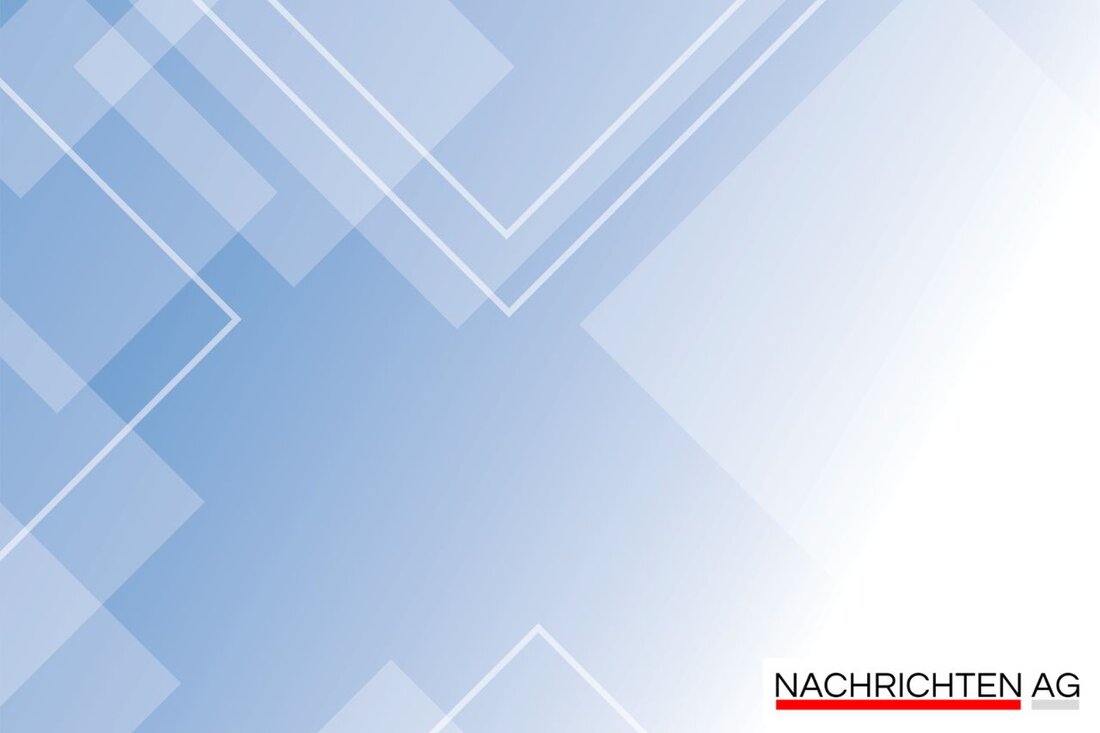Quantum computer: The new threat to Bitcoins Security!
Quantum computer: The new threat to Bitcoins Security!
Keine spezifische Adresse oder Ort im Text angegeben. - The development of quantum computers has caused a sensation in recent years. The signs are particularly storm in the cryptocurrency Bitcoin. With the new "Willow" chip from Google, which offers a computing power that puts conventional supercomputers in the shade, Bitcoin's security architecture is put to the test. What does this mean for the future of the digital currency? (cvj.ch)
The Willow-Chip uses principles of quantum mechanics to do complex calculations much faster than classic computers. He can solve problems in less than five minutes, for which even the fastest supercomputer would need 10 quadrillions for years. This shockingly high capacity makes a highlight of the dangers that could emerge from quantum computing technology for Bitcoin and other cryptocurrencies.
The threat to Bitcoin
How is Bitcoin actually protected? Security is based on the cryptographic hash function SHA-256 and the ECDSA (Elliptic Curve Digital Signature Algorithm). These two algorithms are essential for the integrity of transactions and the safety of Wallets. However, quantum algorithms such as Shors and Grovers Bitcoin could be dangerous by relaxing these security mechanisms and cracking private keys.
Currently, the quantum computers are not yet strong enough to actually break Bitcoin encryption. Google's Willow-Chip, for example, only has 105 quants, while over 13 million would be necessary to attack Bitcoin reasonably seriously. (cvj.ch) However, many in the Bitcoin community are concerned about the rapid development in the field of quantum computing and the risks associated with it.
risks in mining and new address systems
A critical aspect that is often overlooked is the threat to the mining process itself. Quantum computers could endanger the proof-of-work system by finding Hashes faster than traditional miners. This could lead to a 51%attack that would falter the entire blockchain. According to a report by Cryptoquant, there are concerns that the development of quantum algorithms could endanger the security of the mining process.
A way to secure yourself could be the changeover to P2PKH addresses that offer additional security. This type of address has experienced an increase in acceptance by 14 %, which indicates growing awareness of the risks. This method could help protect the private keys better, although earlier addresses (P2PK) are particularly at risk, since these public keys often disclose as soon as a transaction is carried out.
future developments and strategies
The question that arises here is: How can Bitcoin prepare for the future? Many in the Bitcoin community work on quantum-resistant cryptographic algorithms. Strategies such as the Post quantum cryptography (PQC) and the introduction of Quantum-Resistant Address Migration Protocol (QRAMM) could help solve the problem. Time is urgent that around 25 % of the Bitcoin offer (approx. 4 million BTC) could be susceptible to such attacks.
In addition, users are obliged to take proactive security measures. Avoidance of address reuse, use of multi-signature walls and the storage of assets in cold storage are just a few best practices to prepare themselves against the threats to the quantum computers. As with many technological developments, it is important to stay vigilant and to be aware of the risks. (cvj.ch)
In summary, it can be said that Bitcoin and the associated technologies are at a critical turning point. The challenges of quantum computers are no longer just theory, but a upcoming risk that needs to be addressed. The coming years could be crucial to make the digital monetary space safer.| Details | |
|---|---|
| Ort | Keine spezifische Adresse oder Ort im Text angegeben. |
| Quellen | |


Kommentare (0)